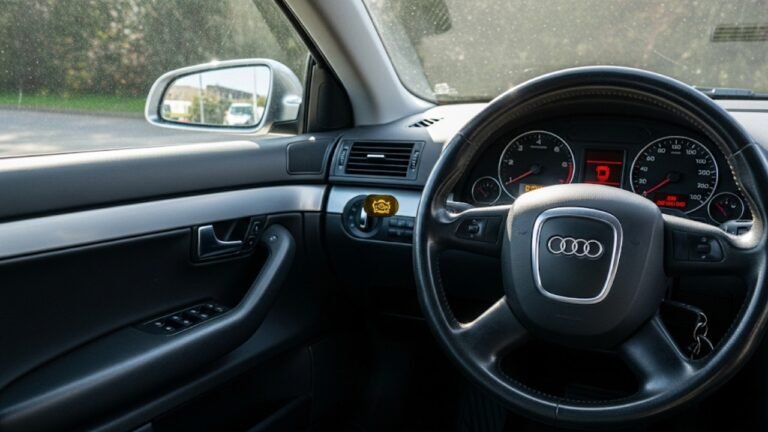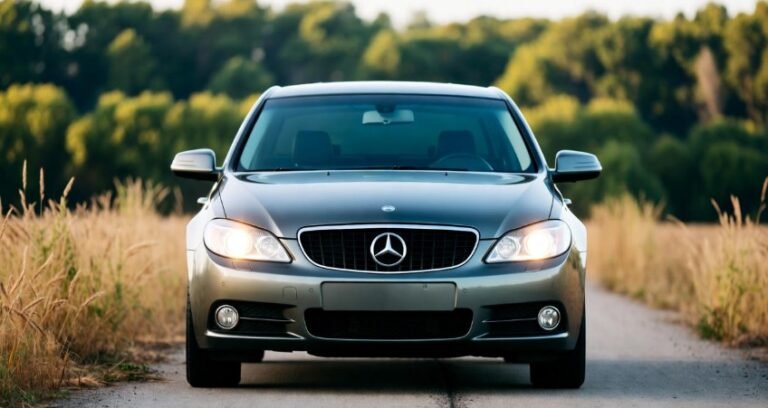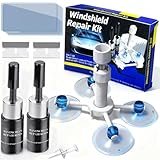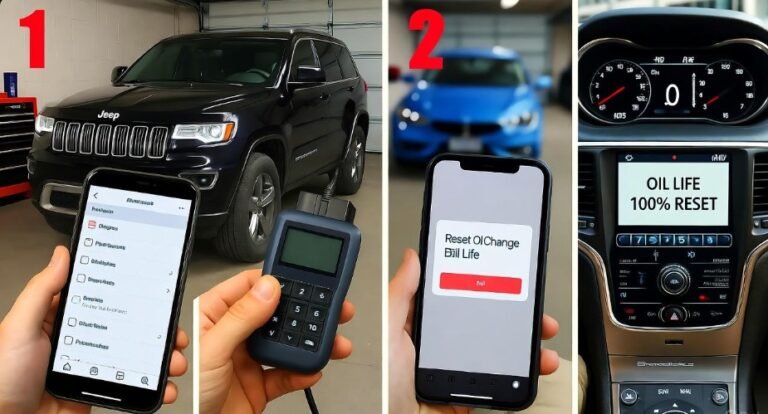What Does It Really Cost to Own and Drive Your Car?
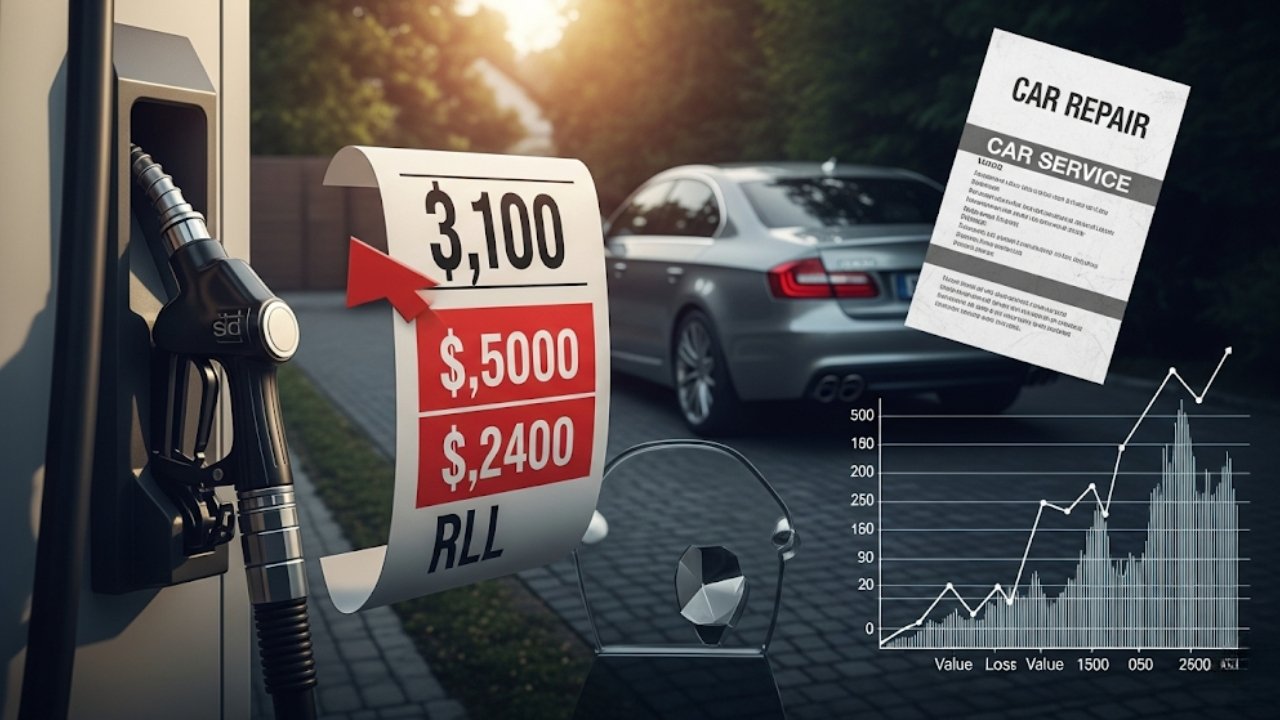
Have you ever wondered how much you’re really spending each mile you drive your car? It’s easy to focus just on gas prices and skip the deeper math behind things like depreciation, insurance, and other sneaky costs. Today, we’re going to take a close, simple look at Exercise 13-1 (Static) Identification of Relevant Costs [LO13-1], using a relatable example: Kristen Lu and her $8,000 used car.
Kristen’s situation is one many of us can relate to. She bought a used car, used it for everyday driving, and now wants to know how much each mile truly costs her. Let’s break this down in a friendly and clear way that feels more like chatting over coffee than reading a textbook.
Meet Kristen Lu and Her Used Car Purchase

Here’s a quick summary of her annual car-related expenses:
| Cost Category | Amount |
|---|---|
| Car Purchase Price | $8,000 (one-time) |
| Annual Depreciation | $1,600 |
| Insurance | $1,200 |
| Garage Rent | $360 |
| Automobile Tax and License | $40 |
| Variable Operating Cost | $0.14 per mile |
| Miles Driven in the Year | 10,000 miles |
Kristen estimates the car will have zero resale value after 5 years. That means the depreciation is straightforward: $8,000 divided by 5 years = $1,600 per year. The car is kept in a paid garage that charges her $30 per month, and she pays the usual insurance, taxes, and license fees.
Let’s walk step by step through how we figure out her average cost per mile.
Breaking Down Fixed Costs First
Fixed costs are the ones that don’t change, no matter how much you drive. Whether Kristen drove 500 or 50,000 miles, these costs would stay the same:
-
Depreciation: $1,600 per year
-
Insurance: $1,200 per year
-
Garage Rent: $30 × 12 = $360 per year
-
Automobile Tax and License: $40 per year
So the total fixed costs add up to:
These are sunk in, no matter how often she drives the car.
Now Let’s Talk Variable Costs
Unlike fixed costs, variable costs change depending on how much the car is driven. Kristen’s variable cost is $0.14 per mile. She drove 10,000 miles, so:
These costs include things like:
-
Gasoline
-
Oil changes
-
Tire wear
-
Basic repairs and maintenance
And yes, they really do add up quickly, even if gas seems cheap on any given day.
Calculating the Total Annual Cost
To find the total cost of owning and operating the car for one year, we simply add the fixed and variable costs:
This number—$4,600—is what Kristen actually spent to use her car for one year. That might sound like a lot, but don’t worry—we’re about to break it down per mile.
Average Cost Per Mile: The Eye-Opener
Kristen drove 10,000 miles last year, so to get the average cost per mile, we divide the total cost by the number of miles:
So even though the variable cost per mile was only $0.14, the real average cost per mile was $0.46. That’s more than three times the variable cost!
Let that sink in.
Every time Kristen drove a mile, it silently cost her 46 cents—not just in gas, but in depreciation, insurance, rent, and all the little things we often forget.
Why Understanding Your Cost Per Mile Matters
Most of us only think about the price at the pump. But looking at the full cost of ownership, like we did in Kristen’s case, reveals a deeper truth. Whether you’re budgeting for a road trip, commuting daily, or comparing public transport vs. owning a car, knowing your real cost per mile helps you make better decisions.
Think of it this way:
-
A 20-mile commute isn’t just 20 miles. It’s $9.20 round trip for Kristen.
-
A 100-mile weekend trip? That’s $46, not counting snacks and coffee.
It adds up fast—and most people have no idea they’re spending this much.
Summary of Kristen’s Cost Breakdown
To help visualize Kristen’s total cost per mile, here’s a simplified table:
| Expense Type | Cost | Per Mile (10,000 miles) |
|---|---|---|
| Depreciation | $1,600 | $0.16 |
| Insurance | $1,200 | $0.12 |
| Garage Rent | $360 | $0.036 |
| Tax & License | $40 | $0.004 |
| Variable Costs | $1,400 | $0.14 |
| Total | $4,600 | $0.46 |
Bullet Point Recap for Quick Review
-
Kristen Lu bought a car for $8,000 and plans to use it for 5 years.
-
She drove 10,000 miles last year.
-
Fixed annual costs = $3,200
-
Variable cost per mile = $0.14
-
Total annual cost = $4,600
-
Average cost per mile = $0.46
What Are Relevant and Irrelevant Costs in Kristen’s Case?
Now that we know Kristen spends $0.46 per mile, it’s time to connect this with the core accounting idea behind Exercise 13-1: the identification of relevant costs.
In simple terms:
-
Relevant costs are future costs that will change depending on your decision.
-
Irrelevant costs are costs that stay the same, no matter what choice you make.
So, let’s say Kristen is thinking of using public transport for part of the year instead of driving. Which costs should she care about?
✅ Relevant Costs:
-
Variable operating costs – these will go down if she drives less.
-
Garage rent – she might cancel it if she’s not using the car much.
-
Fuel and maintenance – obviously, she won’t spend on these when not driving.
❌ Irrelevant Costs:
-
Depreciation – the car loses value even if it just sits there.
-
Insurance – unless she suspends it, she pays it anyway.
-
Tax and license – generally fixed, regardless of usage.
Understanding which costs actually change helps you make smarter decisions. If Kristen only drives a little, her cost per mile goes way up since fixed costs are spread over fewer miles. That’s a key takeaway for budgeting.
Real-Life Financial Lessons from Kristen’s Story
Kristen’s experience is more than just a math exercise. It’s a real-life financial lesson we can all learn from. Let’s look at what this scenario teaches us.
You Need to Look Beyond Gas Prices
Most people only think about fuel when calculating driving costs. Kristen’s case shows how depreciation and insurance are bigger expenses. That’s a game-changer for budgeting.
Fixed Costs Hurt Low-Mileage Drivers
If you only drive 5,000 miles per year, the cost per mile nearly doubles, because fixed expenses stay the same. If you drive less, owning a car becomes more expensive per mile.
Budgeting Requires Honest Numbers
It’s easy to underestimate car expenses. But if you’re honest with yourself, like Kristen, and calculate every cost—big and small—you can plan better and maybe even choose smarter alternatives.
Tips to Reduce the Cost Per Mile
If Kristen (or you) want to bring that $0.46 per mile down, here are a few strategies that work:
1. Maintain Your Vehicle Regularly
Preventive care keeps your car efficient. Regular oil changes, tire checks, and timely repairs can reduce variable costs and extend your car’s life.
2. Consider Free or Shared Parking
Kristen pays $360/year in garage rent. If she found a free spot, that’s a direct $0.036 per mile saved.
3. Increase Mileage (If Practical)
It might sound counterintuitive, but spreading your fixed costs over more miles reduces your cost per mile. Of course, this only works if you truly need to drive more.
4. Re-evaluate Insurance Plans
If Kristen isn’t using the car heavily, switching to a pay-per-mile insurance plan could save her money.
5. Explore Public Transit or Ride-Sharing
If your relevant costs for short trips are high, mixing in buses or carpooling can seriously reduce your annual car expenses.
How Kristen’s Story Applies to Everyone
Whether you’re a college student, a city commuter, or a weekend driver, Kristen’s case is incredibly relatable. Here’s why:
-
We all deal with fixed and variable costs in different parts of life.
-
We often overlook the small things (like garage rent) that quietly drain our wallets.
-
Most importantly, we forget to look at the big picture when we own something.
Kristen’s exercise isn’t just for students in a classroom. It’s a clear, real-world example of personal finance meets practical decision-making.
FAQs: Kristen Lu’s Automobile Cost Analysis
1. What does Exercise 13-1 (Static) focus on?
It focuses on the identification of relevant costs in decision-making—particularly separating costs that change based on choices (like variable operating costs) from those that stay the same (like depreciation).
2. Why is depreciation considered irrelevant in some cases?
Once you’ve already bought the car, the depreciation is a sunk cost—it doesn’t change whether you drive it or not. But it’s still real and should be included in your per-mile cost analysis.
3. How do you calculate the average cost per mile?
Add all fixed and variable costs for the year and divide by total miles driven.
In Kristen’s case:
($3,200 + $1,400) ÷ 10,000 miles = $0.46/mile
4. Should I include insurance in cost-per-mile calculations?
Yes, if you’re doing personal financial planning, you include insurance as part of the fixed annual cost of car ownership.
5. Can I lower my cost per mile?
Absolutely. Reduce fixed costs (like rent or insurance), drive more efficiently, or split your miles through carpooling or public transport.
6. Is owning a car worth it at this cost per mile?
That depends on your lifestyle. If alternatives like transit are cheaper and practical, you might reconsider. But for many, convenience outweighs the cost.
7. What’s the most expensive part of owning a car?
Over time, depreciation is often the largest cost. For Kristen, it’s $1,600/year, which beats gas, maintenance, or insurance.
Final Thoughts: Driving Smart Starts with Knowing Your Numbers
Kristen Lu’s journey isn’t just about accounting homework. It’s a window into the real financial choices we make daily. When you know your true cost per mile, you stop guessing and start making smart, confident decisions.
So, next time you grab your keys, remember Kristen—and ask yourself: How much is this drive really costing me?
Because once you understand the full picture, you’re in control. Whether it’s rethinking how much you drive, negotiating insurance, or just budgeting better, knowing your cost per mile empowers you.

